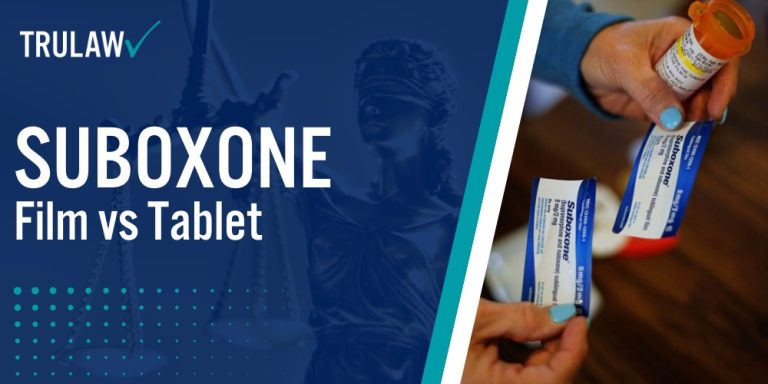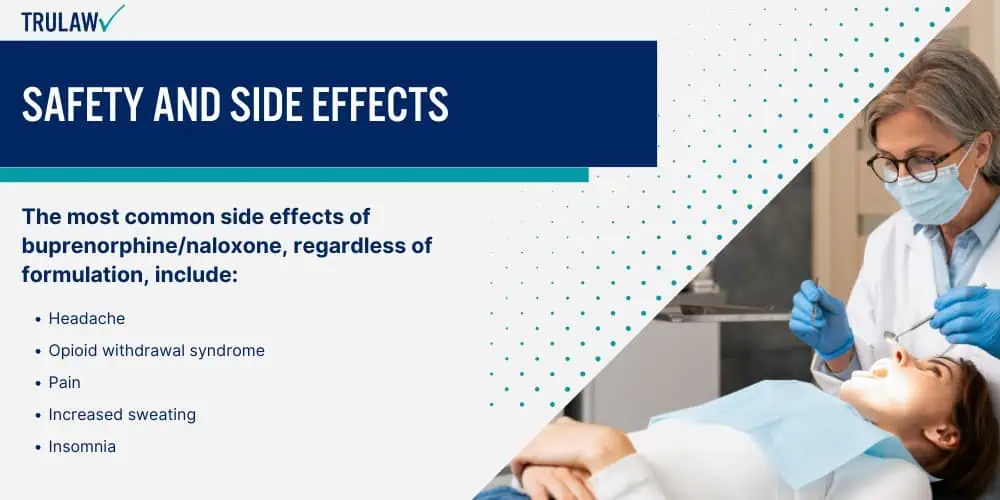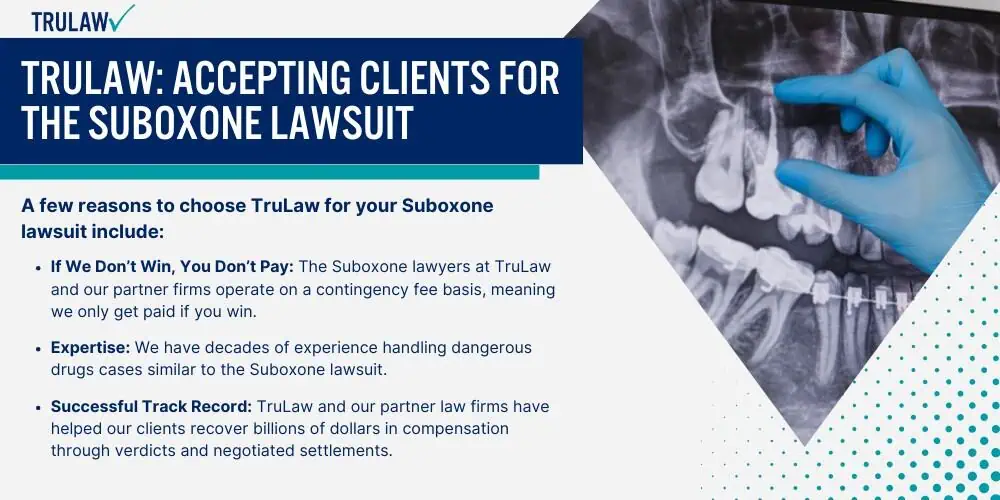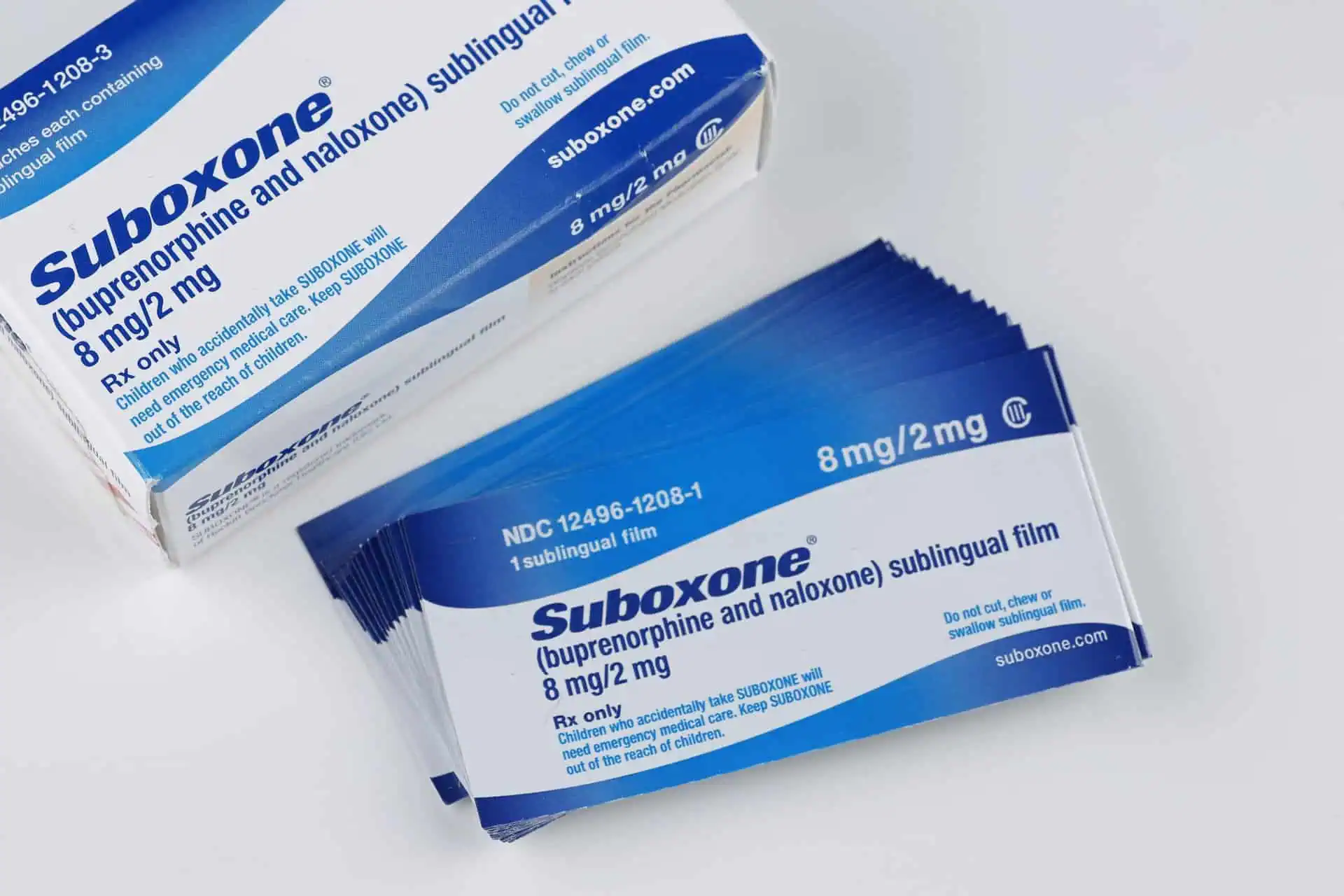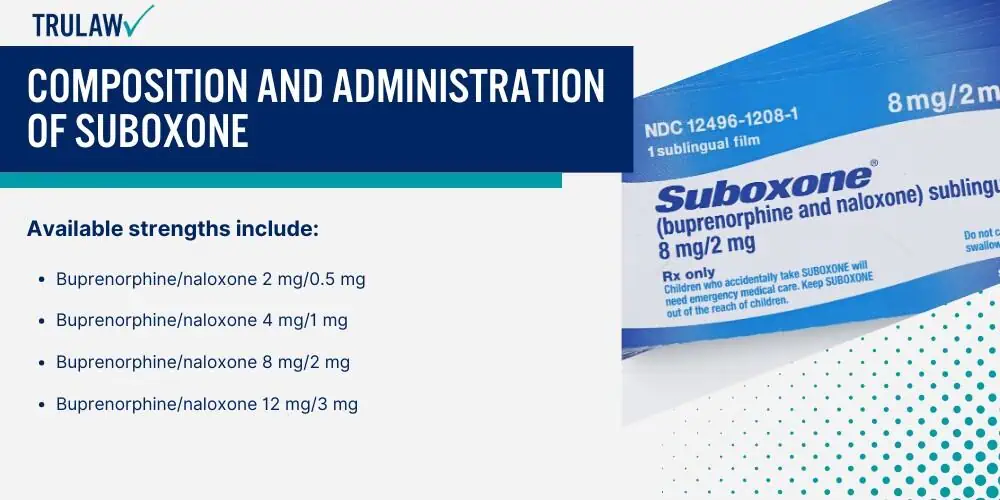
Suboxone, a medication used to treat opioid use disorder (OUD), is available in two sublingual formulations: film and tablets.
While both forms contain the same active ingredients, buprenorphine and naloxone, they differ in their delivery systems, absorption rates, and other characteristics.
How a medication is formulated and administered can impact its efficacy, safety, and patient acceptability.
Understanding the similarities and differences between Suboxone film and tablets in terms of their composition and administration is essential for making informed treatment choices.
Active Ingredients in Suboxone Film vs Tablet
Suboxone contains two active ingredients: buprenorphine and naloxone.
Buprenorphine is a partial opioid agonist that binds to the mu-opioid receptor, helping to alleviate withdrawal symptoms and reduce opioid cravings in individuals with opioid use disorders.
Naloxone is an opioid antagonist that blocks the effects of opioids and lowers the risk of opioid overdose.
The combination of buprenorphine and naloxone in Suboxone helps prevent misuse and diversion.
Both the film strips and tablet formulations of Suboxone contain the same active ingredients in the same ratios (4:1 buprenorphine to naloxone).
Available strengths include:
- Buprenorphine/naloxone 2 mg/0.5 mg
- Buprenorphine/naloxone 4 mg/1 mg
- Buprenorphine/naloxone 8 mg/2 mg
- Buprenorphine/naloxone 12 mg/3 mg
Administration Methods for Suboxone Film and Tablet
Suboxone film and tablets are both administered sublingually (under the tongue).
The film strips are thin, dissolvable strips that adhere to the oral mucosa under the tongue.
Patients are instructed to keep the film in place until it fully dissolves, which typically takes 5-10 minutes.
The strips dissolve quickly and provide improved absorption compared to tablets.
Talking or swallowing during this time should be avoided to maximize absorption.
Suboxone tablets are small, round, and uncoated.
They are placed under the tongue and allowed to dissolve completely.
Like with the film, patients should avoid talking, swallowing, or otherwise disturbing the tablet as it dissolves to ensure optimal absorption.
Some patients find the pills taste unpleasant compared to the films.
Both Suboxone films and tablets have unique medication identification information printed on them to help with medication identification and prevent counterfeiting.
